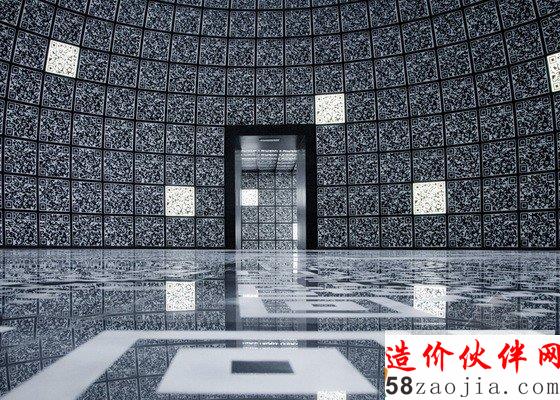
��ʮ��������˹�����p��չ�еĶ��_˹�^플ӵ��҃�(n��i)��Ƥ�����w�����S�a����ο���(j��)ƽ����X���ܣ��ԫ@ȡ����_˹���д����һ��(g��)�¿ƌW(xu��)�(xi��ng)Ŀ������O(sh��)Ӌ(j��)�뷨����������οͿ����^�R�^��ҊһЩ���]�ęC(j��)�ܵĽ����K(li��n)�r(sh��)���ĿƌW(xu��)���(zh��n)������Ķ��γɘ��Ϙ��·��]���_����ʽ֮�g�Č�(du��)������������2017�꽨�ɵ�˹�Ơ����ֿƌW(xu��)���g(sh��)����λ��Ī˹�Ƹ��������(xi��ng)Ŀ����(hu��)����IT����������t(y��)�W(xu��)�����о��������Դ�����g���g(sh��)�I(l��ng)���500��ҹ�˾�����ͬ�r(sh��)߀����һ��(g��)��W(xu��)��סլ���g�����c�O(sh��)Ӌ(j��)�Ľ������F(tu��n)�(du��)������Ƥ����•��Ĭ���������Pierre de Meuron�������ķ•���˹��Rem Koolhaas�����Íu������Kazuyo Sejima��������ò�չ�˴��S•���շƠ��£�David Chipperfield������߀��һЩ�S���(xi��ng)Ŀ�M(j��n)����������c�O(sh��)Ӌ(j��)��ِ�@�ٵĽ�������չ�[��SPEECH Tchoban & Kuznetsov��(w��)����Sergei Tchoban �� Sergey Kuznetsov��չ������������˹�Ơ����ֿƌW(xu��)���g(sh��)�����(xi��ng)Ŀ�Ŀ��wҎ(gu��)����������ͬ�r(sh��)Ҳ�ǃ���ǰ����˹���_˹�^�����_˹���S��չ�[�ą��c�F(tu��n)�(du��)����
Every surface inside the top floor of the Russian Pavilion at the Venice Architecture Biennale is covered in QR codes, which visitors decode using tablet computers to explore ideas for a new Russian city dedicated to science. Downstairs, visitors can peer through lenses to catch a glimpse of the gated and secretive science towns established under the Soviet Union, intended to provide a contrast with the open and collaborative vision presented upstairs. The Skolkovo science and technology centre will be located near Moscow by 2017 and bring together 500 companies working on IT, biomedical research, nuclear research, energy and space technology plus a university and homes. The architectural team includes Pierre de Meuron, Rem Koolhaas, Kazuyo Sejima and the Venice Architecture Biennale��s director David Chipperfield, plus the winners of several rounds of competitions to be held as the project progresses.
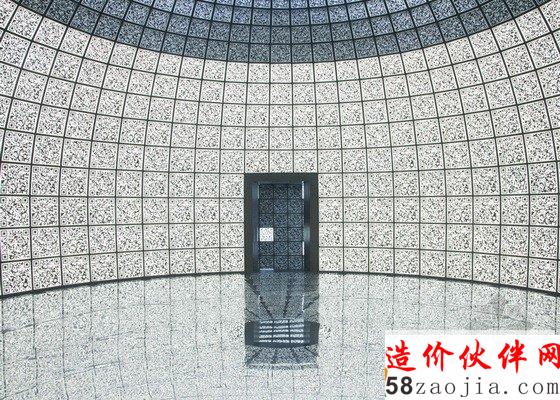
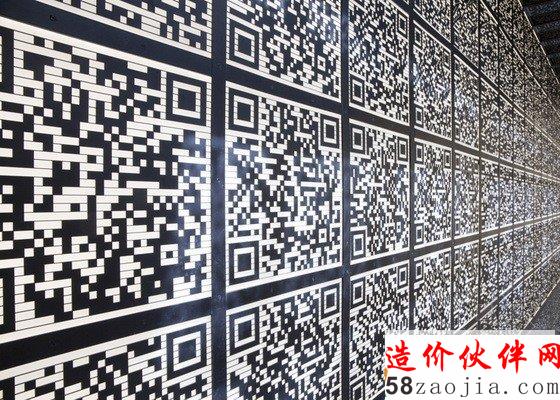
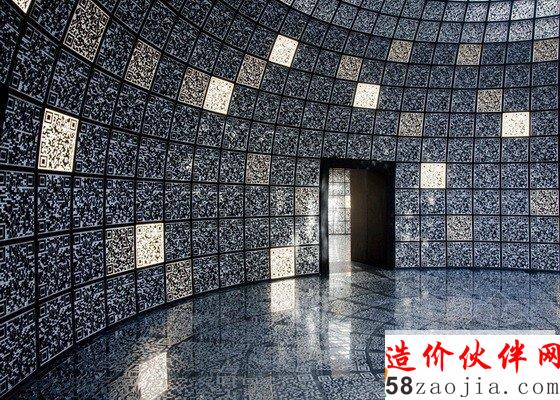
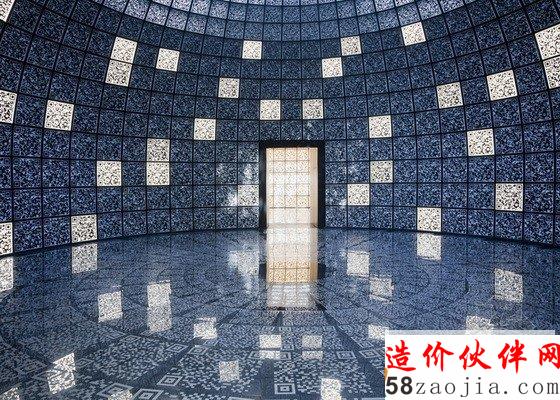
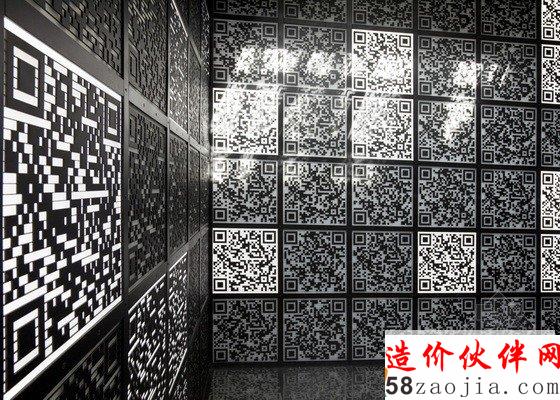
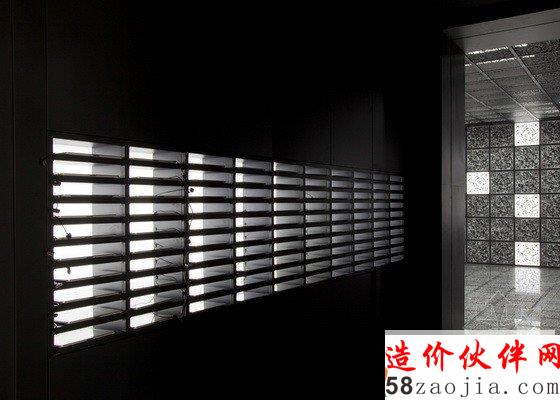
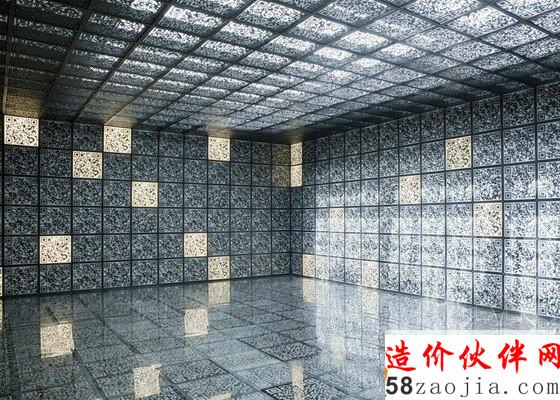
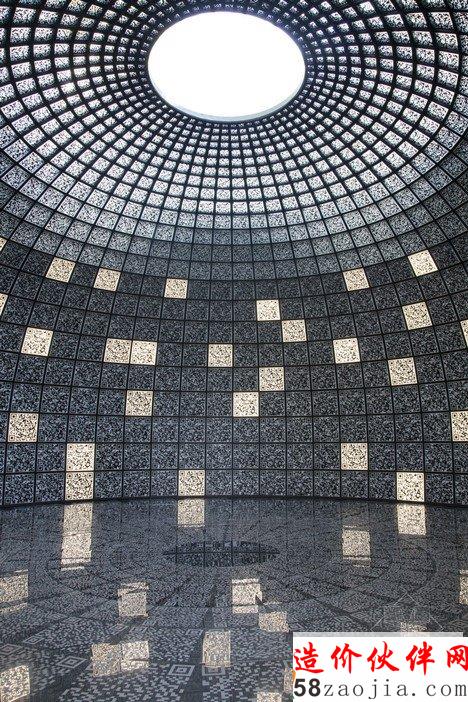
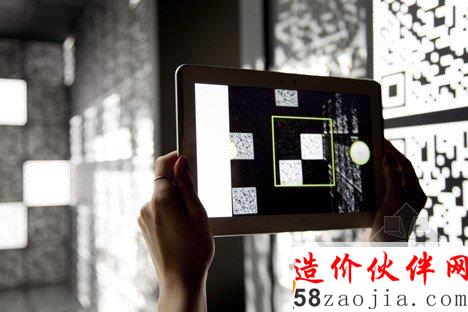
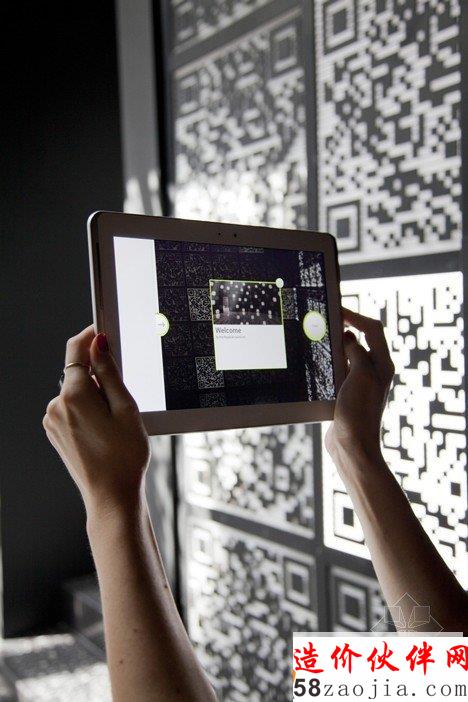
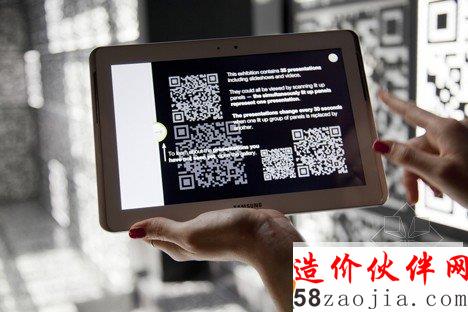
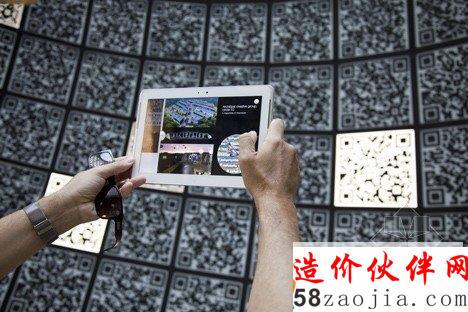

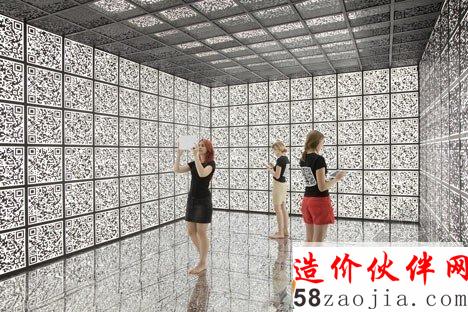
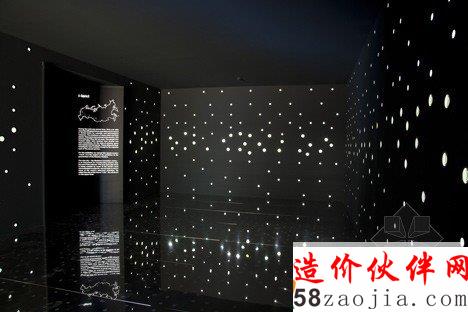
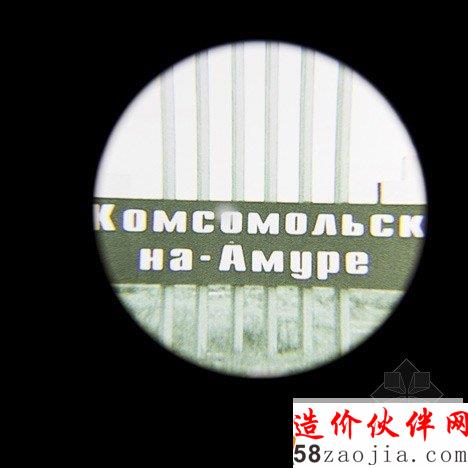
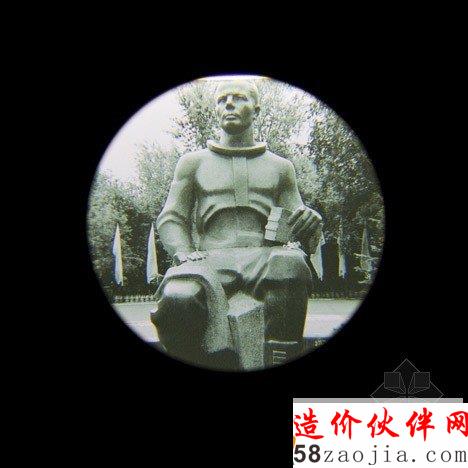
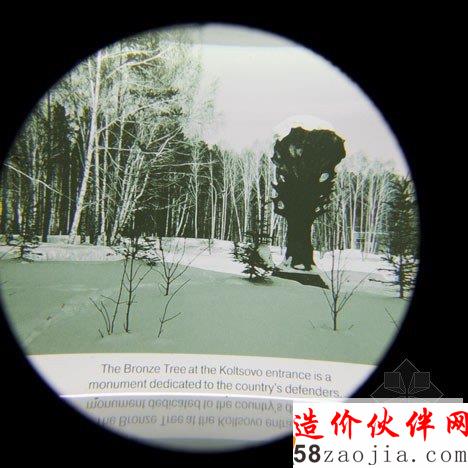
 ��
��
 ��
��